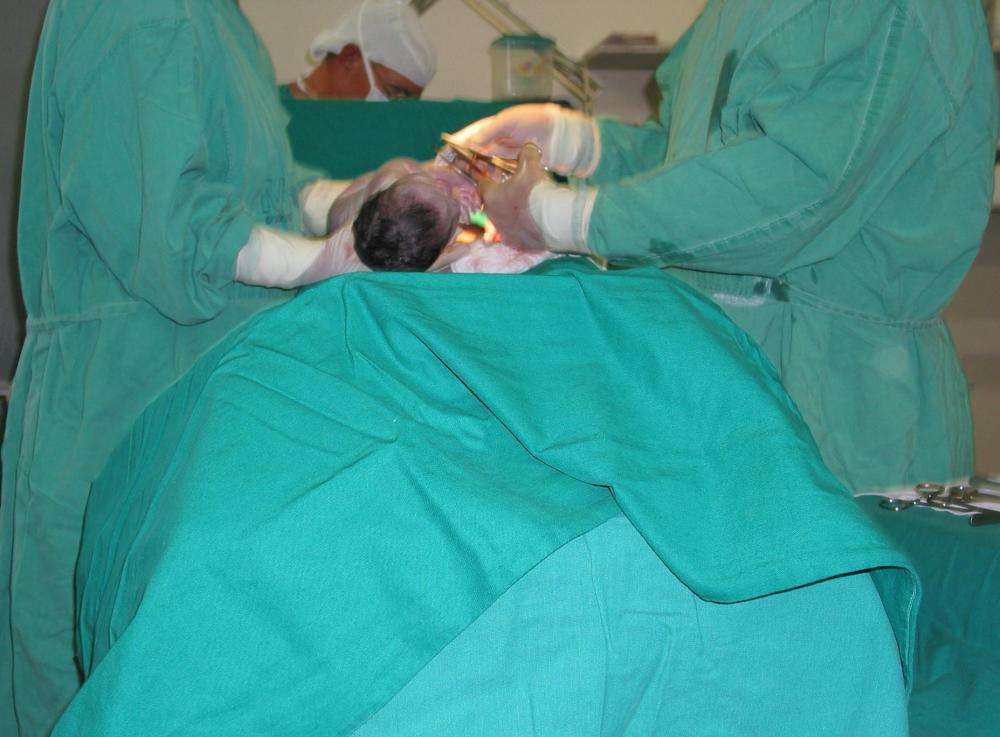At WiseGEEK, we're committed to delivering accurate, trustworthy information. Our expert-authored content is rigorously fact-checked and sourced from credible authorities. Discover how we uphold the highest standards in providing you with reliable knowledge.
What Is an Incision Wound?
Medically speaking, a wound is any interruption in the integrity of the skin and underlying tissues such as a cut, puncture, scratch or scrape. An incision wound, however, is one produced during medical surgery, usually with a scalpel and under sterile conditions. Also known as a surgical wound, an incision wound is not to be confused with an incised wound. This latter type of wound is an accidental injury caused by a knife or similar implement that results in a longitudinal opening to the skin and soft tissues beneath. In contrast, a surgical incision wound is longitudinal in shape, performed under sterile conditions and has clean, neat edges on either side of the cut; these incisions are used to remove nodes, cysts, and organs or to repair tendons and ligaments.
An incision wound is said to be "well approximated" when its edges line up easily for closure with staples or sutures. Toward this goal, most torso incisions are made in the same direction as the skin folds if at all possible. A well-approximated incision wound heals faster as the newly formed and weaker granulation tissue has less area to cover and is subjected to less force to pull it apart. The closer edges also make a potential complication known as dehiscence — or separation — less likely to occur. This type of incision also heals with a less noticeable scar than do incisions made perpendicular to skin folds.

Typical surgical incision wounds are covered with an absorbent dressing material postoperatively and for two or more days afterward, depending upon the amount of fluid drainage seeping from the incision. Most surgical wounds have a limited amount of pink serosanguinous drainage consisting of plasma and a few red blood cells. If more drainage is expected, either the wound will not be sutured together immediately after surgery or the incision will be sutured closed with a small suction drainage device inserted within the wound to remove excess fluid. Postoperative incision care is generally limited to cleaning the incision edge with hydrogen peroxide, applying a thin coat of a topical antibacterial ointment and applying a clean absorbent bandage to the area.

Possible complications to an incision wound include dehiscence or infection. Both complications require prompt medical attention. Dehiscence will require a second closure of the wound, the seriousness of which depends upon its depth and the underlying body organs. Infection of the wound will usually result in the patient beginning a regimen of systemic antibiotics and may require reopening the incision to flush the area with sterile water and an antibiotic solution.
AS FEATURED ON:
AS FEATURED ON:


















Discuss this Article
Post your comments